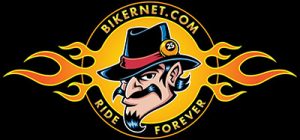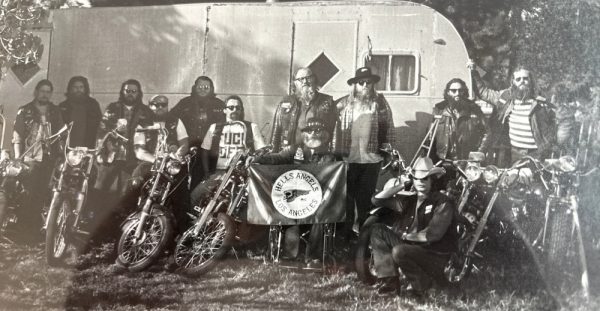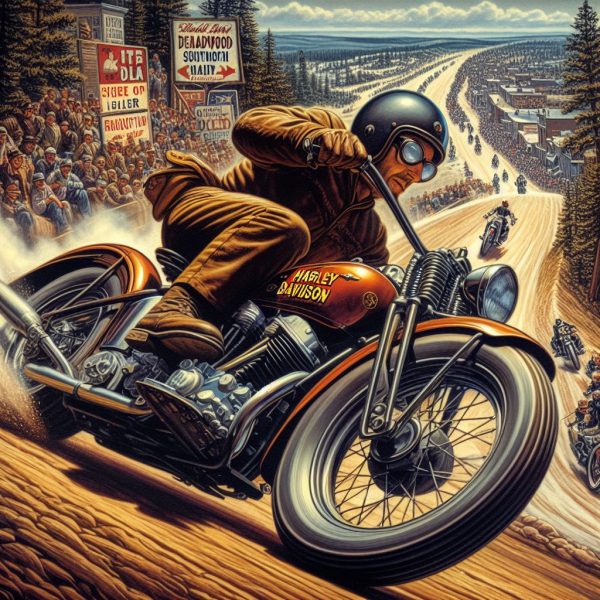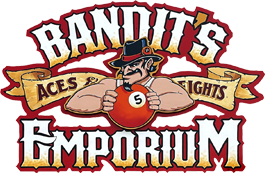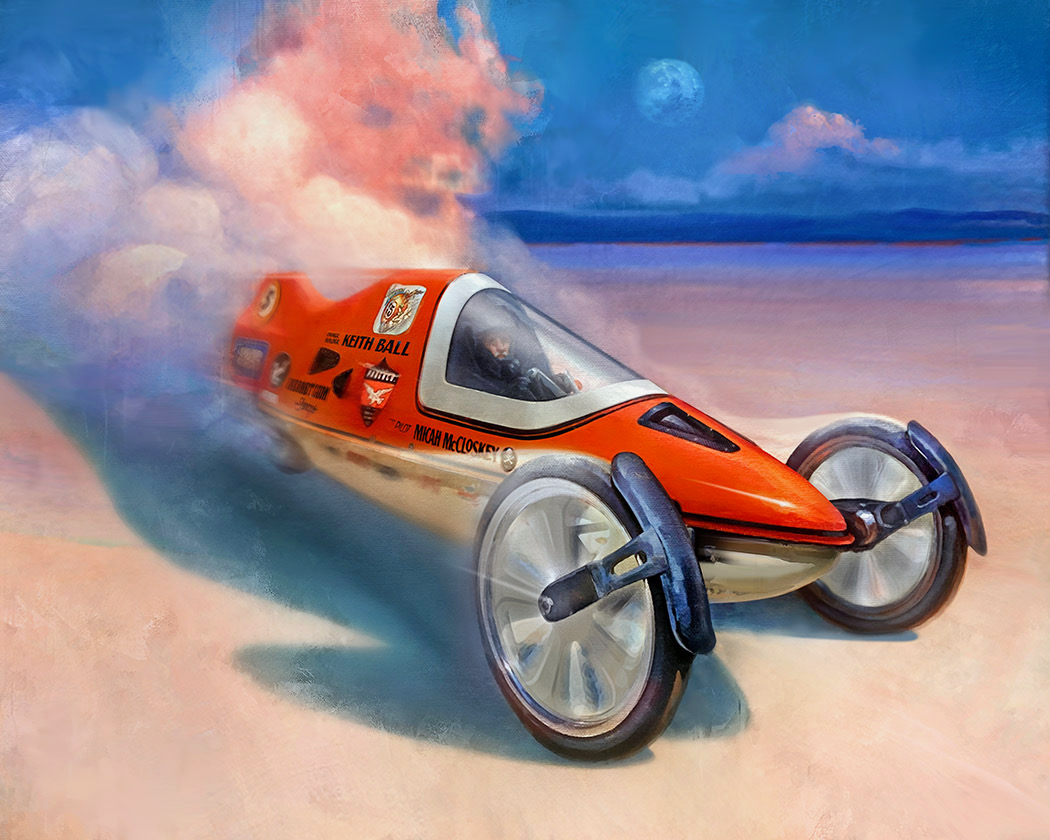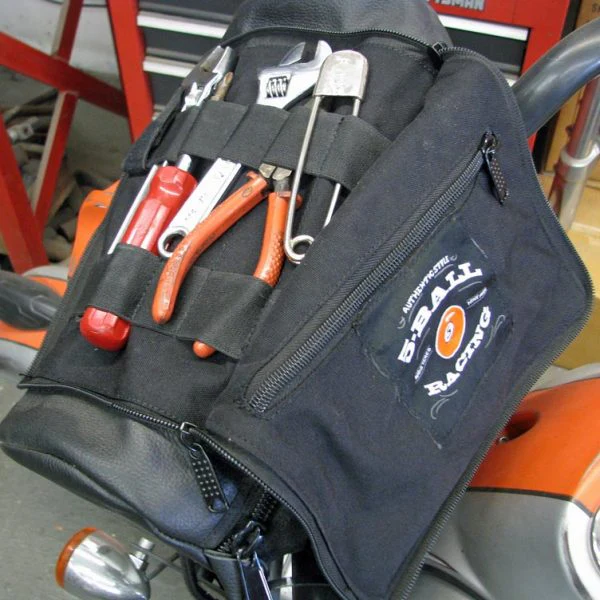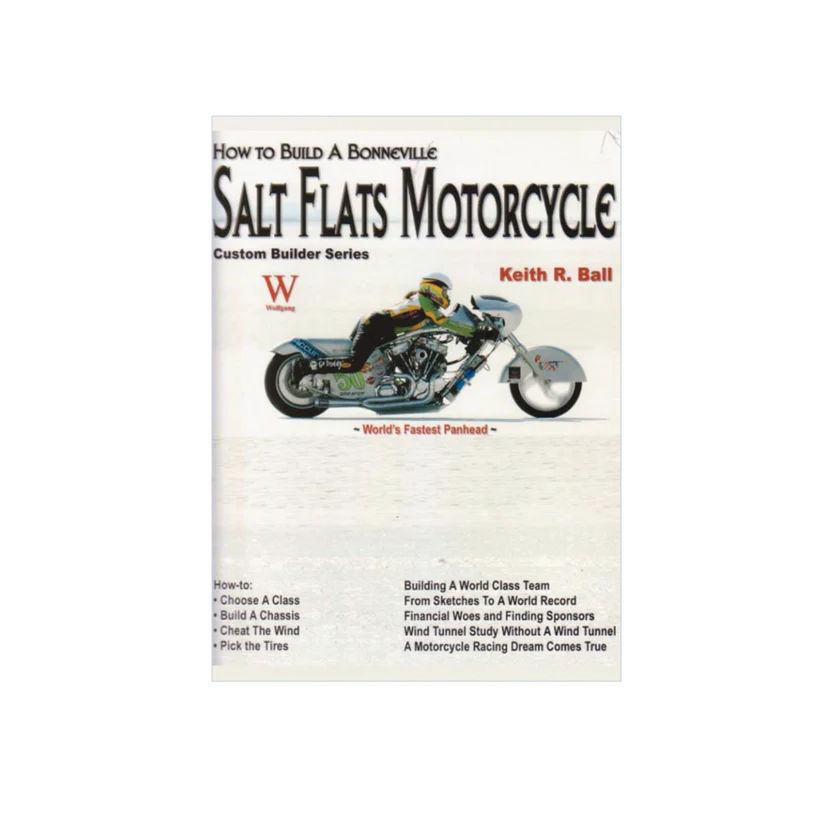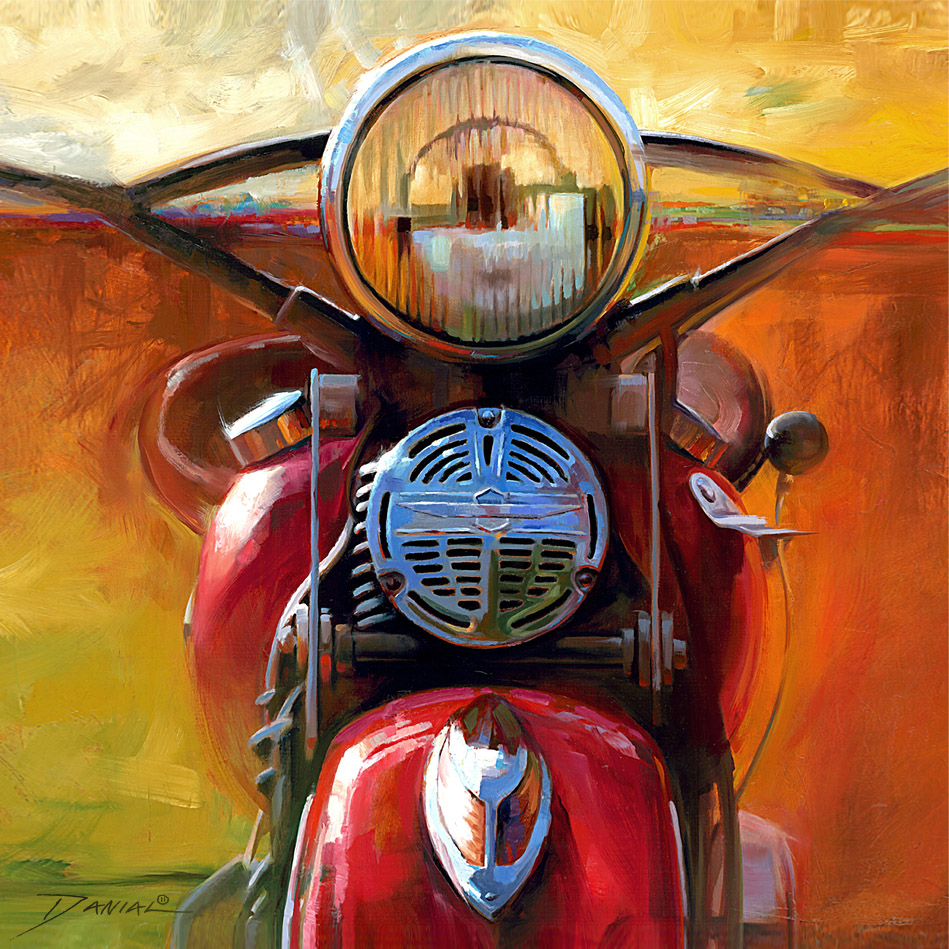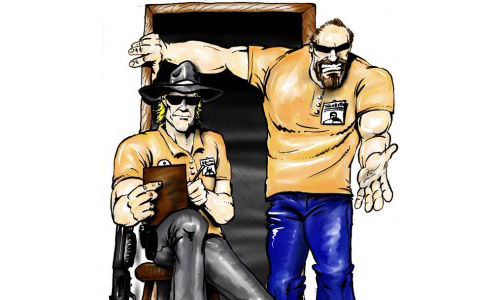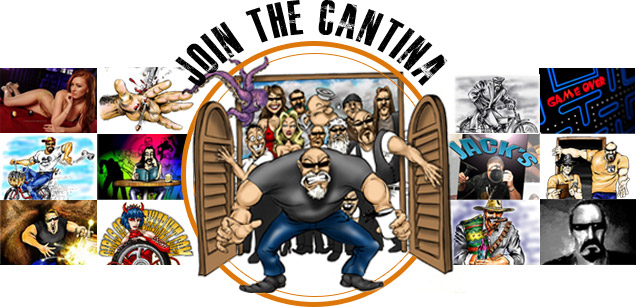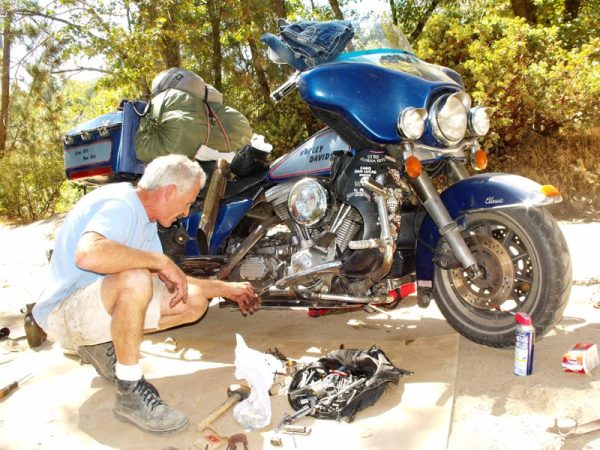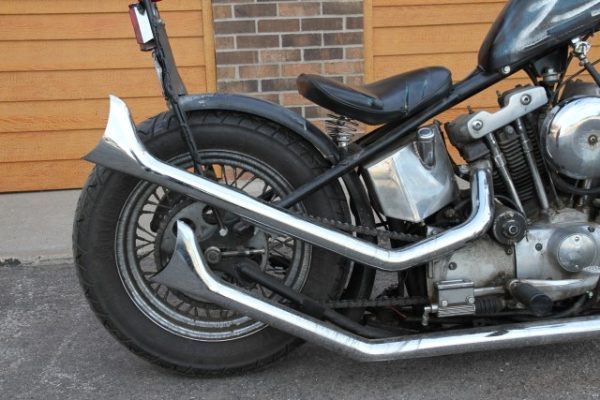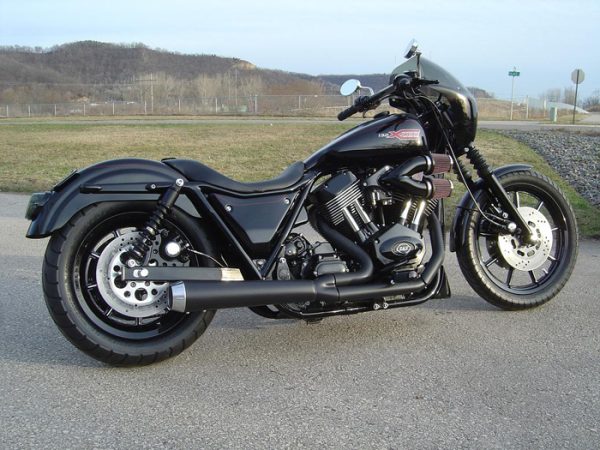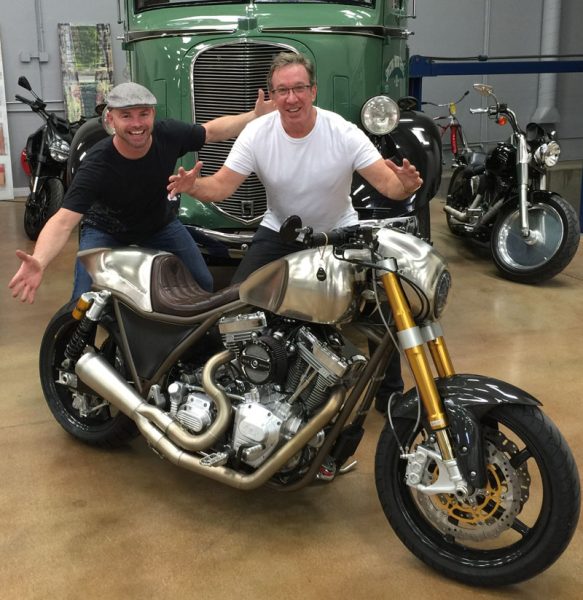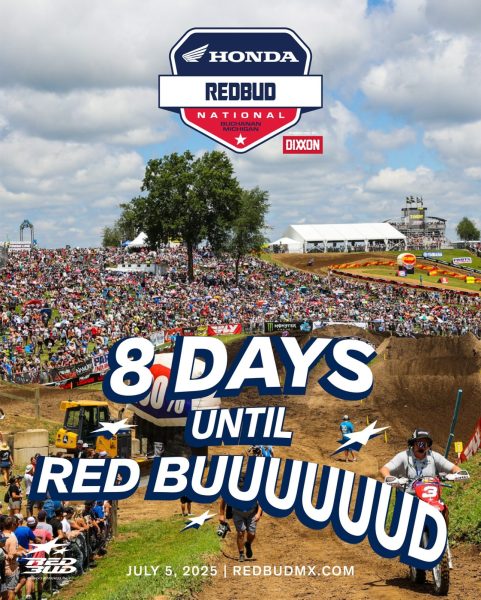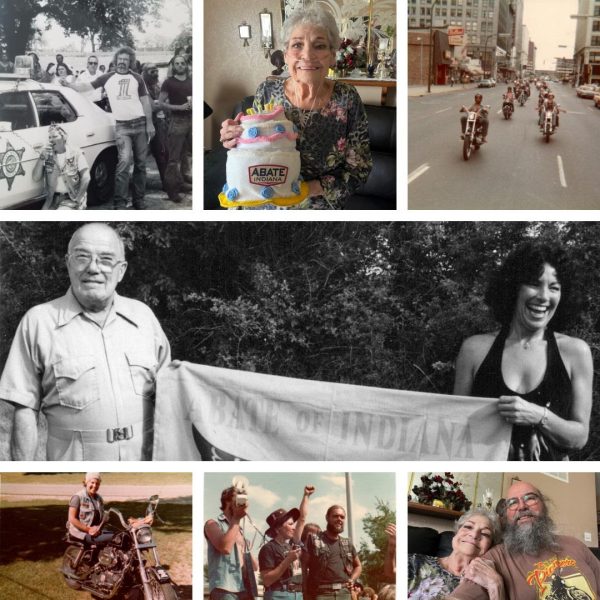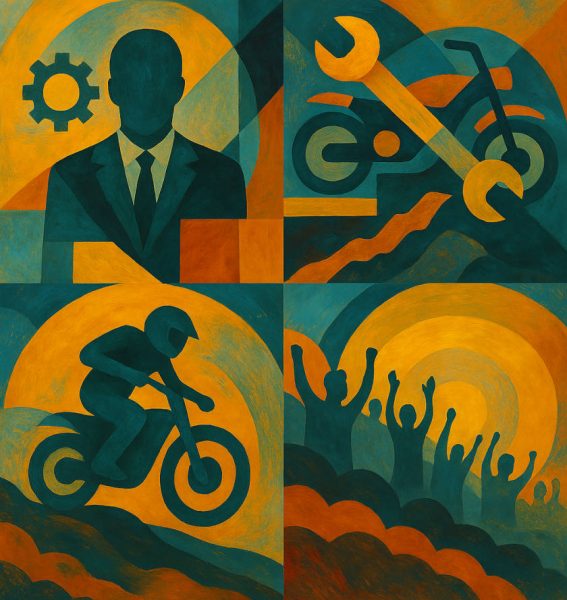Latest Articles
WIN BY HARLEY-DAVIDSON RACERS JAKE LEWIS & CORY WEST
HARLEY-DAVIDSON® PAN AMERICA® ST RACERS JAKE LEWIS AND CORY WEST WIN IN MISSION SUPER HOOLIGAN ...
1939 Harley-Davidson Knucklehead is headed to someone’s garage
ONLY TWO DAYS LEFT CLICK TO WIN https://store.wheelsthroughtime.com/win-this-bike The 2025 WTT Raffle Grand Prize is ...
CLUB FIGHTS 1976
I just watched the George Clooney and Evan McGregor film, “Men who Stare at Goats.” ...
National Council of Informed Riders
National Council of Informed Riders (National COIR) KEEPING YOU INFORMED National COIR has joined 5 ...
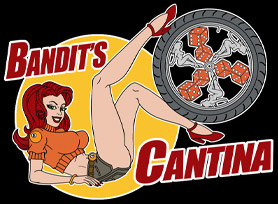
New in the Cantina
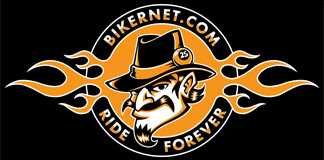
Weekly News
PRE-THANKSGIVING BIKERNET WEEKLY NEWS for November 18, 2021
Hey,If you want total confusion about the motorcycle market read Robin Bradley’s piece on AMD about ...
VETERANS DAY BIKERNET WEEKLY NEWS for November 11th, 2021
Hey,The world is nuts. Did you see that Germany won’t sign the declaration to eliminate ...
SHOWTIME BIKERNET WEEKLY NEWS for November 4th, 2021
Hey,We are going to break ground on our shop project today. We have a couple ...
October 29, 2001
17TH ANNUAL MEETING OF THE MINDS---PATRIOTS IN ACTIONImre Szauter, AMA Gov. Relations; Ed Moreland, VP ...
Tech Articles
HANDLEBAR WIRING FOR THE BRAVE AT HEART
Your stock Harley has something exposed that you may want to coverup. There's some ugly ...
TERRY THE TRAMP S&S EVO ENGINE BUILD
An old friend, who I wrote a book about recently, Terry the Tramp, just rebuilt ...
Guide To Hydraulic Ratios And Choosing Master Cylinders
Before buying a new Master Cylinder from Performance Machine and plumbing it to the stock ...
Sturgis Shovel Gets A Wrap
The Sturgis Shovel has seen its share of LA Harbor town back alleys in the ...
Bike Features
STURGIS RAT AT CADDY’S WHISKEY BAR
If you are planning to be at the upcoming annual Sturgis Motorcycle rally, make a ...
Sportster 1200 By Lazareth
As a disciple of famous Swiss-Italian master designer Franco Sbarro, French designer Ludovic Lazareth now ...
DOUGZ Custom’s FXRX-Wedge Is Up For Grabs
After much soul searching I have decided to sell the FXRX-Wedge built for S&S Cycle ...
Dar Holdsworth’s Second Navy Bike for Rolling Thunder by Darwin and Brass Balls Cycles
If there was an award for the most Amazing bike builder on the ...
Event Features
WIN BY HARLEY-DAVIDSON RACERS JAKE LEWIS & CORY WEST
HARLEY-DAVIDSON® PAN AMERICA® ST RACERS JAKE LEWIS AND CORY WEST WIN IN MISSION SUPER HOOLIGAN ...
Roads to Redbud 2025
Hey all - anyone venturing to Buchanan Michigan on the 5th of July, for the ...
Happy Birthday ABATE Of Indiana
In the mid-seventies, the motorcycle rights movement really started in earnest. This is why many ...
AMA Motorcycle Hall of Fame Announces Class of 2025
Six distinguished motorcyclists to be inducted on Oct. 23 during the AMA Hall of Fame ...
